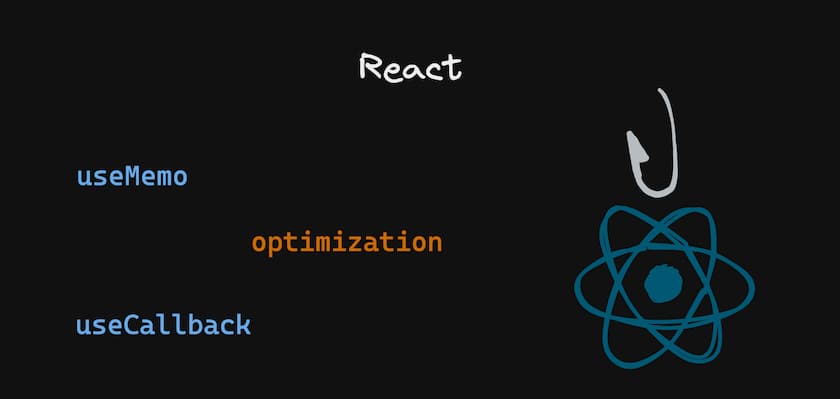useMemo and useCallback beyond the basics
September 20, 2021 — 2 min read

Keeping the Reference
When we use the useMemo and useCallback hooks we have a behavior that
help us not to cause loops in dependencies, because they both keep the same reference from
when declared even when the values change.
If you don’t understand much about non-primitive object references, I recommend reading this other article where I comment more on assignment by value and reference.
Avoiding variable recreation
The React hooks’ dependency array does a `shallow’ comparison, that is, it only checks if a primitive value has changed or if the reference of a non-primitive value has changed, so hooks keeping the reference is something that that makes all the difference, as in the following example that enters both the part of recreating the function only when the value changes and also a side effect of the side effect of the component without the hook having the internal state change whenever the when the parent component undergoes a rerender.
In this example we have a counter in the parent component that starts at 0, in the child
In the child components we have an internal counter for each, +1 is added on the first render and also when the
also when the counter for the parent component is added, +1 is added to the children.
We can see a side effect in the component without useCallback that the counter
is added when an unrelated state of the parent component triggers a
rerender, so the function in this child’s dependency array is recreated with another
another reference making the useEffect run again.
Beware of loops
Loops inside useEffect in React are very common cases and many of them can be
can be solved just by using the useMemo or useCallback hooks, because by keeping
the reference useEffect will only be executed again if any of the values in the
dependency array of these hooks change.
In the example we have a function simulating an API call, one option would be to remove
the fetchData function from the useEffect dependency array, or if the function is
used only in it we can declare it inside the useEffect itself, but instead of using
instead of using these options, we can simply declare the function in a useCallback,
then the call will only happen if the function is recreated from the useCallback dependency array.
dependency array, so we also have to be careful not to add a dependency to useCallback.
add a dependency to useCallback that causes a loop.
Note: I created a value with useRef so that the loop would be limited to 200 and not crash
the example.
The importance of references
As I said before, it is good to be careful with references if you want to keep renderings under control, this is for both memoization and performance.
Here is an example showing two components that receive almost the same
data but one of them receives it without hooks and by any update has its props changed
because the prop reference has changed.
Conclusion
The more complex examples I presented as examples with useCallback are also useful
for useMemo. One rule that I think is valid is, if a value or function is going to
be passed by props to another component examine well, because it will probably
it will probably be interesting to use one of these two hooks.
And finally, I recommend reading this article by Kent C. Dodds where he comments on the use of these two hooks.
